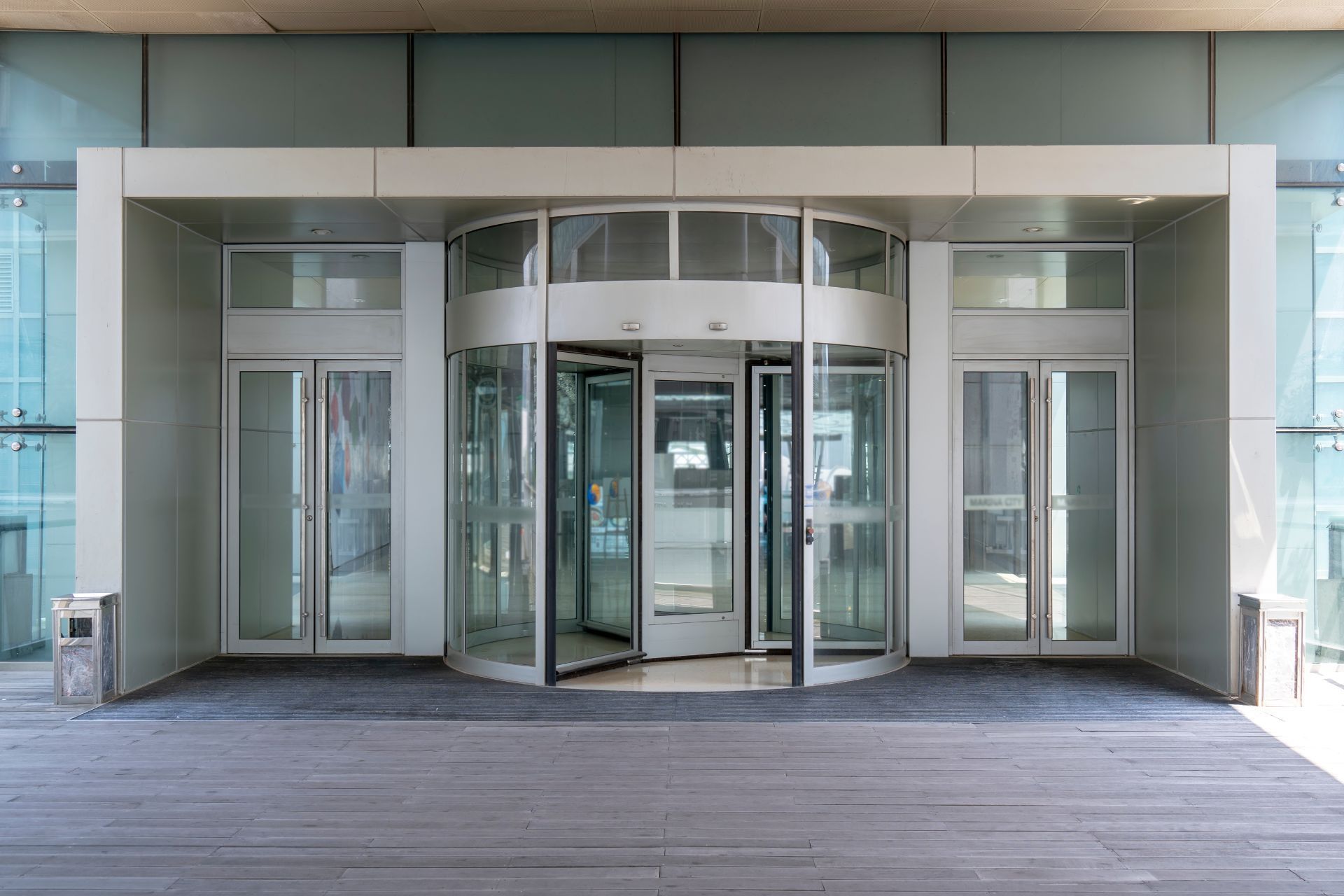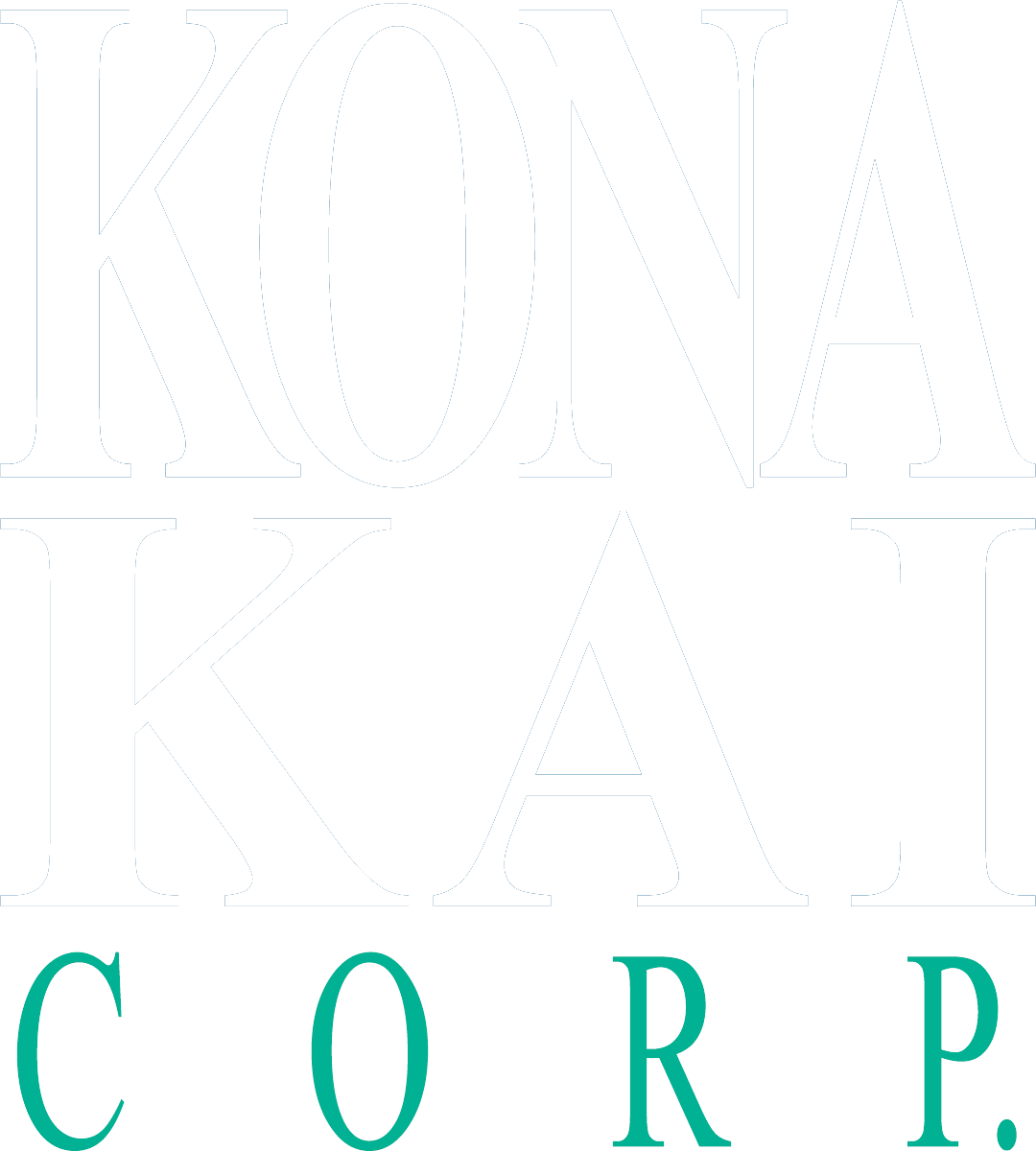Signs It's Time for a New CRM: Key Indicators Your CRM Needs Replacing
In today's fast-paced business environment, having an effective Customer Relationship Management (CRM) system is essential to stay competitive and drive growth. From small startups to large enterprises, a powerful and fully integrated CRM can streamline your sales, marketing, and customer experience processes. It's the backbone of your customer relationship management strategy, enabling you to efficiently manage leads, track customer interactions, and build lasting relationships.
Because the CRM landscape is ever-evolving and customer’s expectations of their experience is higher than ever, leaders must evaluate whether their current CRM platform is truly meeting their needs. As technology advances and customer expectations evolve, the decision to replace your CRM becomes a crucial strategic choice.
When is it time for a new CRM?
So how do you know if your current CRM is hindering your ability to build a customer-centric culture, and most importantly, maintain growth? The answers to these key questions can serve as indicators that it may be time for a new CRM.
1. Your CRM Is Misaligned with Current Business Needs
The first step in determining the need for a CRM replacement is to evaluate whether your current platform aligns with your expectations. Are you experiencing the benefits promised during the initial implementation? Assessing the efficiency and effectiveness of your CRM in meeting your business goals is pivotal in understanding its true value.
2. Your CRM Platform Doesn't Fit Your Strategic Roadmaps
As your business grows and evolves, so do your CRM requirements. If you find yourself contemplating a move to a new CRM platform, it's crucial to identify the specific reasons behind this consideration. Whether it's scalability issues, outdated features, or a need for more advanced capabilities, understanding the driving factors behind your desire to switch CRMs is essential. Ultimately, you need to determine if your current CRM can attain your desired customer experience.
3. Business Performance is Impacted
Identifying and acknowledging challenges with your existing CRM is a fundamental step in the decision-making process. Whether it's lack of user-friendliness, limited reporting and analytics, or scalability constraints, recognizing and addressing these issues provides clarity on whether your CRM is hindering or supporting your business objectives.
4. New Features and Functionality Are Irrelevant
In some cases, CRM users may find themselves pushed toward undesirable architectures due to the product roadmap of their platform provider. If your current CRM's trajectory doesn't align with your business needs or if you're being directed towards features that don't serve your purpose, it might be time to explore alternative solutions that better align with your strategic goals. Additionally, if your current CRM’s technical roadmap conflicts with your architectural strategy, you may be left with no choice but to switch.
5. You Don't Have Access to Key Customer Data
A CRM's success is often measured by its ability to provide meaningful and maintainable access to the data crucial for enhancing customer experiences. If your current CRM falls short in delivering the necessary insights and data accessibility required for personalized customer interactions, it signals a need for reevaluation and potential replacement.
Your CRM is a strategic decision
The decision to replace or upgrade your CRM is a strategic move that requires careful consideration of your business objectives, challenges with your existing system, and alignment with long-term goals. By assessing your expectations and future needs, addressing current challenges, evaluating product roadmaps, and ensuring meaningful data access, you can make an informed decision that positions your business for CRM success in the ever-evolving digital landscape.
Summary: Key Signs Your CRM System Is Failing You
- Your CRM isn’t aligned with your business goals.
- The platform lacks scalability and advanced features needed for growth.
- Usability issues, limited reporting, and analytics hinder performance.
- Your CRM provider’s roadmap conflicts with your strategic objectives.
- Access to actionable customer data is inadequate for improving experiences.
While it can feel overwhelming to switch to another CRM platform provider, not doing so for the sake of convenience and familiarity could end up costing you long term.
Need help evaluating the right CRM for your business?
Hiring the right partner ensures your IT investment and innovation is far more than bells and whistles. Kona Kai Corp is a boutique consulting firm that offers a tech-agnostic approach, tailoring solutions to your unique needs for maximum results. With nearly 20 years of experience across numerous industries, our partnering approach is a proven part of our success and yours. Our team brings expertise in process and data mapping, ensuring seamless integration with your existing systems, along with change management, to minimize disruption and provide your team with clear direction. Beyond implementation, we act as trusted advisors, providing comprehensive support to prepare and empower you for sustained success. Our focus on process design and ongoing optimization results in powerful change and self-sufficient transformation.
INSIGHTS












